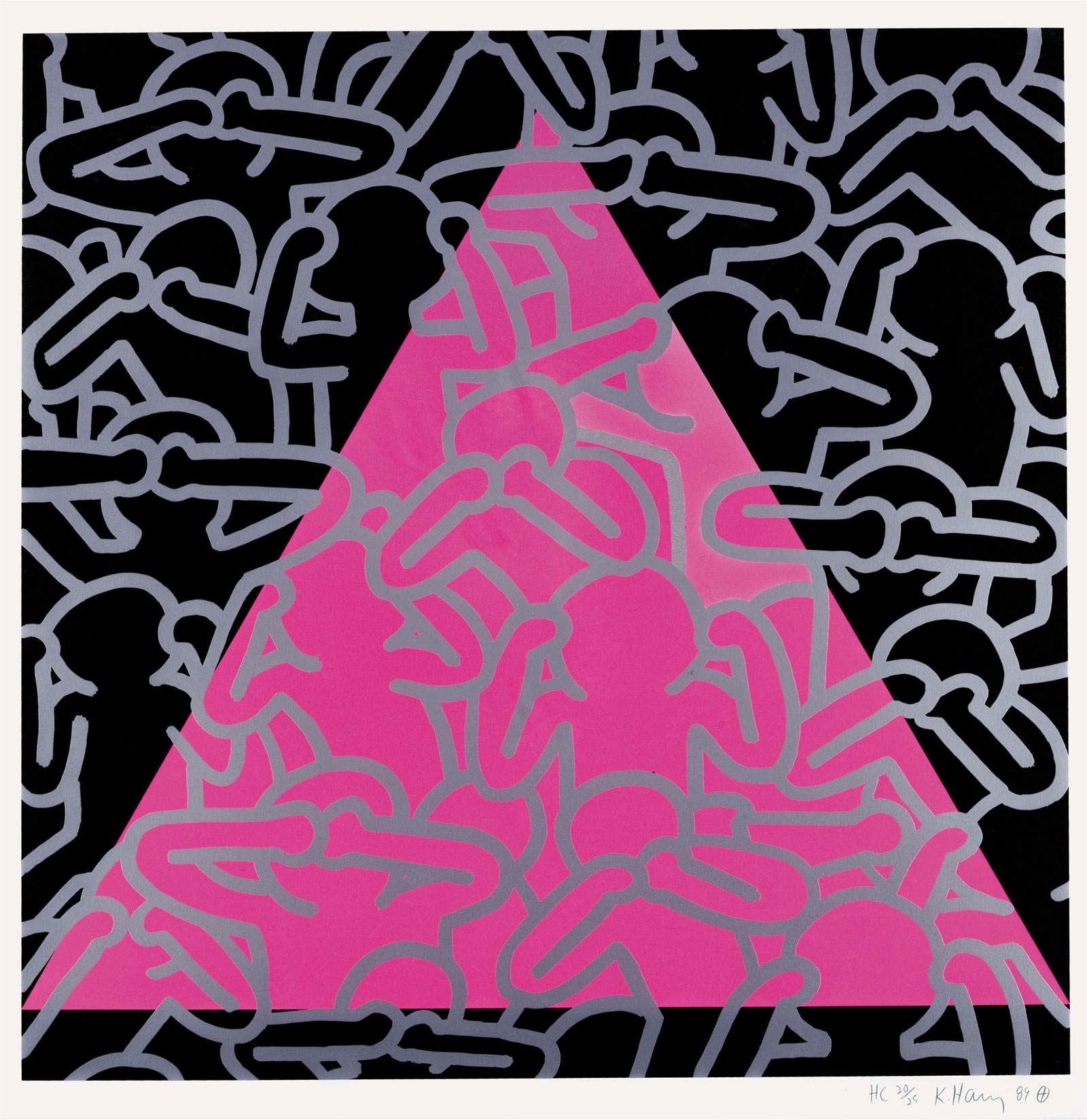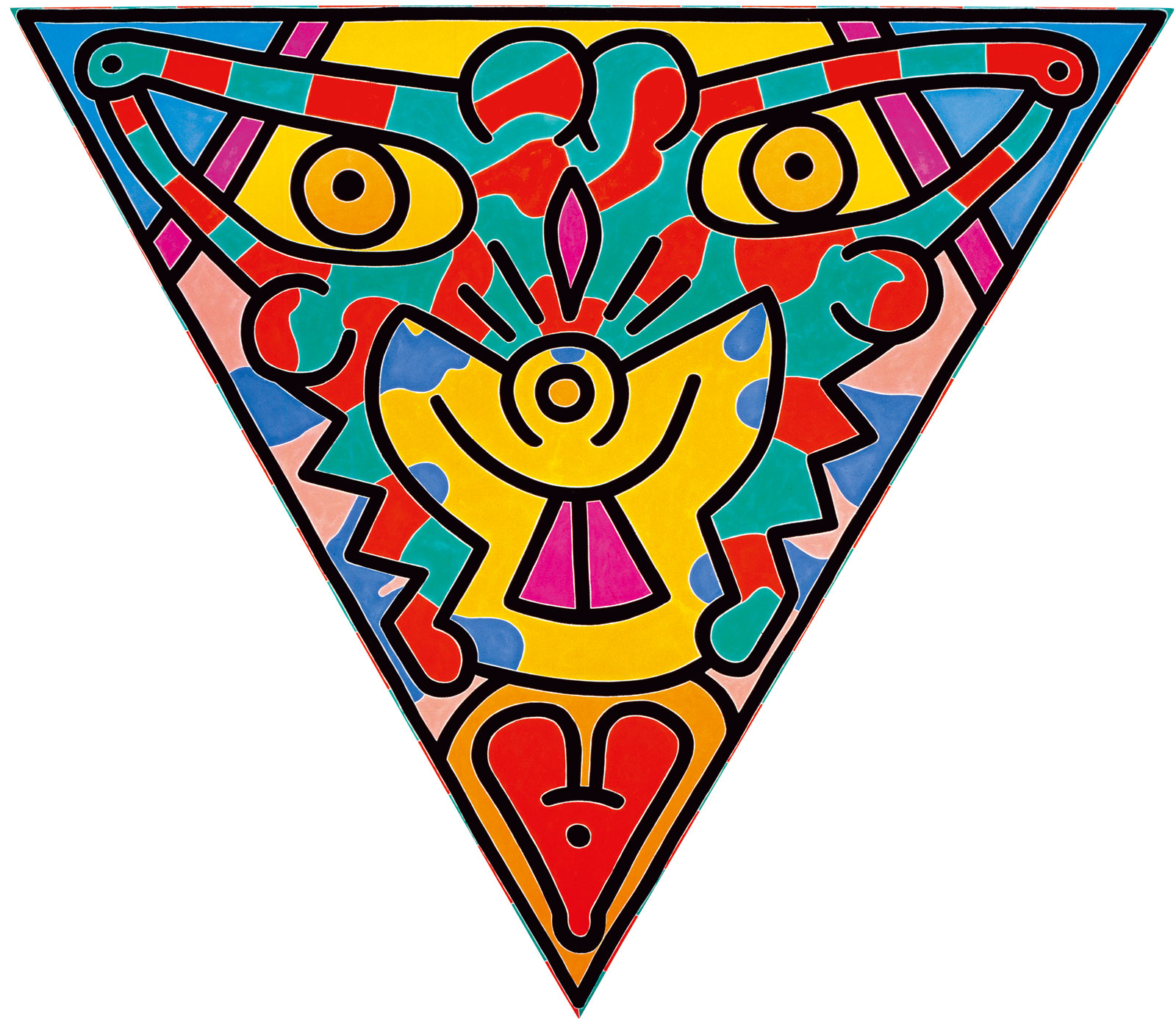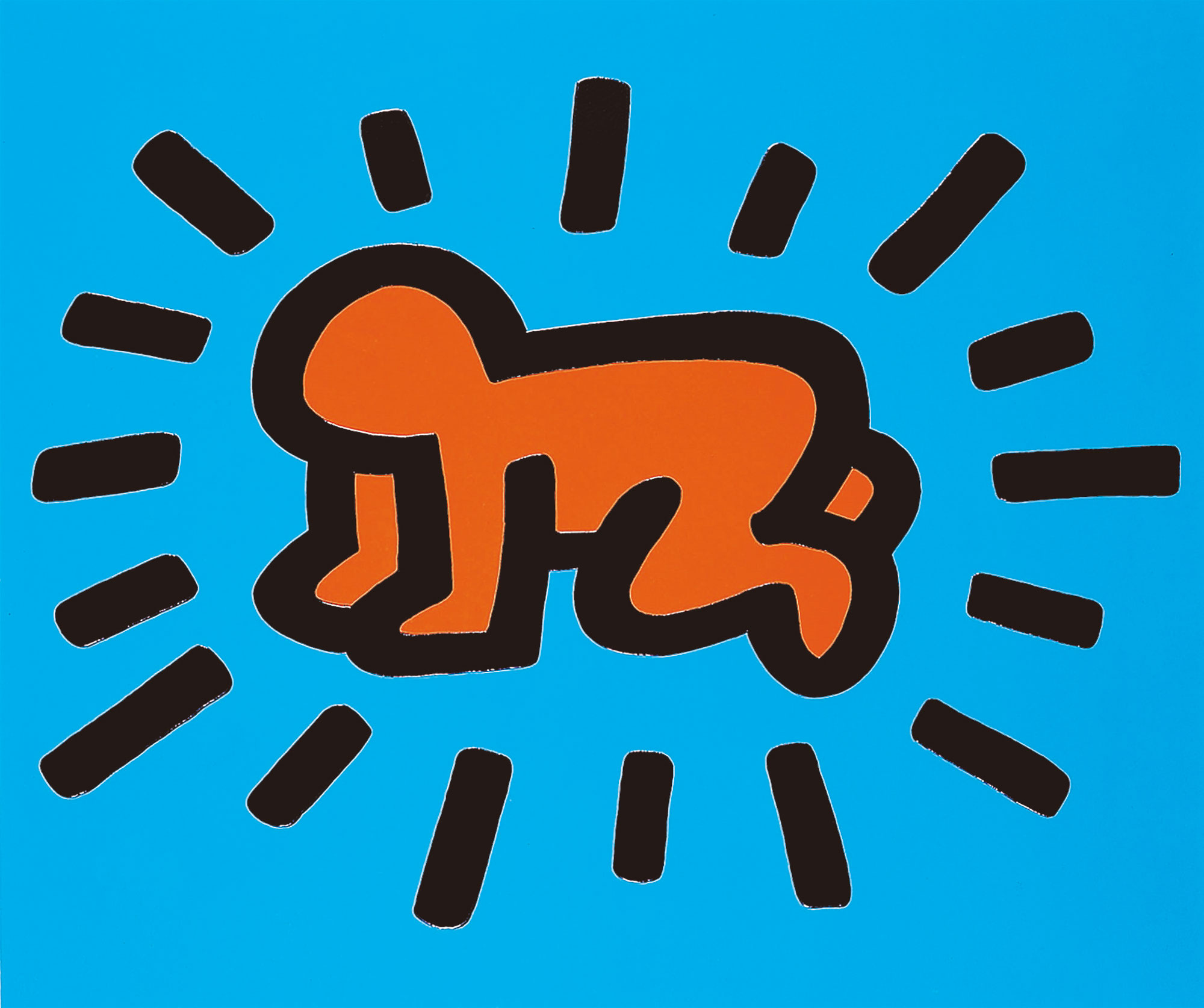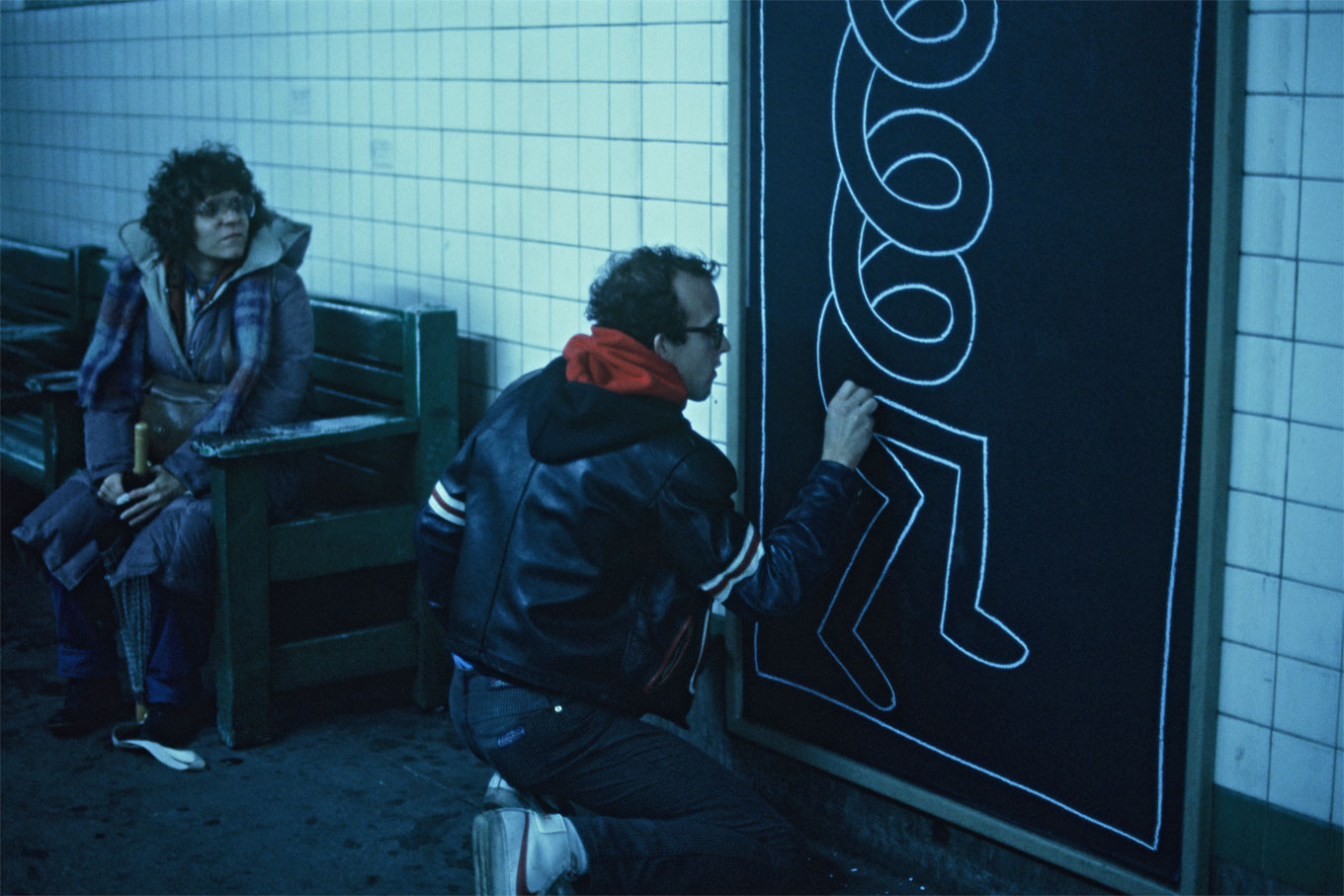ENGLISH
Keith Haring: Art to the Streets is a large-scale touring exhibition of Keith Haring, a renowned American artist of the 1980s known for his bright pop imagery, that is held at The Museum of Modern Art, Ibaraki.
Based on the belief that “art is for everybody”, Haring disseminated his work throughout everyday life using the subway and streets based mainly in New York. In this way, he gave everyone the opportunity to encounter art. Moreover, in an era predating the internet and social media, Haring conveyed strong social messages to a chaotic society through his works. This made a pioneering figure in the effort to expand the potential of an art-based dialogue with the general public. During his fast-paced 31-year life, Haring spent roughly a decade working as an artist. However, his impressive works, distinguished by their simple bold lines, are still loved by people all over the world, inspiring collaborations in a host of different genres.
This exhibition presents a comprehensive collection of approximately 150 pieces, including the subway drawings that made Haring’s name to monumental, a six-meter-long work and important materials detailing the artist’s special link to Japan. Haring’s art, which he used to fight against latent social violence and inequality, and discrimination and lack of government support for HIV/AIDS community until the end of his life, transcends both time and space, retaining the power to touch our hearts even today.
Silence=Death 1989

Untited 1988

Icons 1990

All Keith Haring Artwork ©Keith Haring Foundation

Photo by ©Makoto Murata
Keith Haring (1958-1990)
Born in the northeastern U.S. state of Pennsylvania. In the early 1980s, Keith Haring first attracted attention with a project called Subway Drawings in which he made drawings on unused advertising boards inside the New York subway system. After emerging as a leading cultural of the era alongside Andy Warhol and Jean-Michel Basquiat, Haring enjoyed international acclaim. He made murals and held workshops all over the world, including in Japan, and also became known for his efforts to prevent and raise awareness about HIV/AIDS and promote children’s welfare. Haring died in 1990 at the age of 31 due to AIDS-related complications.
OUTLINE
KEITH HARING: Art to the Streets
Ibaraki
- Dates:
- February 1 (Sat) – April 6 (Sun), 2025
- Venue:
- The Museum of Modern Art, Ibaraki
- Opening hours:
- 9:30 – 17:00 (Last admission 16:30)
Closed: Mondays (except for February 24), February 25 (Tue)
- Tickets (tax included):
- Adults: 1,360 yen (1,240 yen)
Over 70: 680 yen (620 yen)
Highschool students: 1,130 yen (980 yen)
Elementary and junior high school students: 550 yen (420 yen)
*Prices in parentheses ( ) are for groups of 20 or more.
- Organized by:
- The Museum of Modern Art, Ibaraki
- With the special cooperation of:
- Nakamura Keith Haring Collection
- With the cooperation of:
- PIA Corporation
- Planning by:
- The Asahi Shimbun, TOEI COMPANY, LTD.
Past venues
- Tokyo
Mori Arts Center Gallery
December 9 (Saturday), 2023 – February 25 (Sunday), 2024 - Kobe
Hyogo Prefectural Museum of Art, Gallery Wing 3F
April 27(Saturday) - June 23 (Sunday), 2024 - Fukuoka
Fukuoka Art Museum
July 13(Saturday)- September 8(Sunday), 2024 - Nagoya
Matsuzakaya Art Museum
September 28 (Sat) - November 16 (Sat), 2024 - Shizuoka
Shizuoka City Museum of Art
November 28 (Thu), 2024 - January 19 (Sun), 2025
